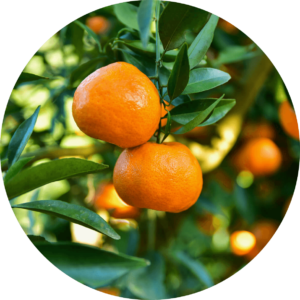Mistletoe
A bird must eat its ripe berry and then wipe its beak on twigs and branches, leaving behind the seed, in order for mistletoe to grow. The firmly attached seeds germinate once the sticky material has dried and hardened, sucking nutrition and water from their host. The ancient Celts thought that, in addition to providing nourishment, mistletoe also takes on the spirit of the tree, allowing it to remain green even throughout the winter months, when most vegetation is dormant. When we realize that mistletoe has the ability to destroy tumor cells, its modus vivendi — its ability to extract energy from its host – takes on a whole new meaning.
Mistletoe has the ability to control blood pressure and prevent arrhythmia, in addition to reducing malignant cells. It controls hormones, boosts metabolism, and prevents dizziness and cramps… Mistletoe helps to prevent diabetes, speed up the lymphatic system’s work, and relieve hot flashes and irritation. Mistletoe has a calming impact on glands that secrete internally.





